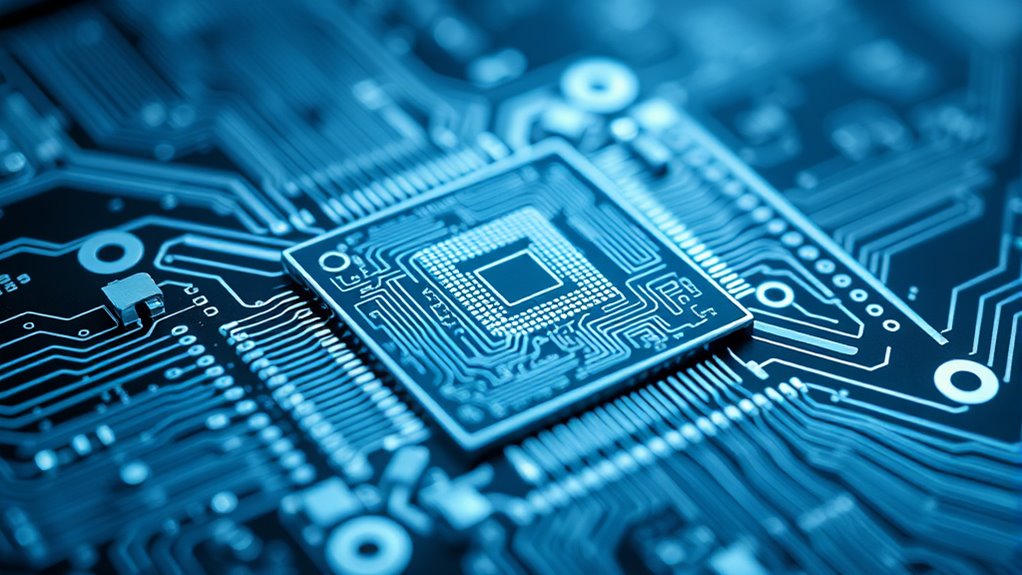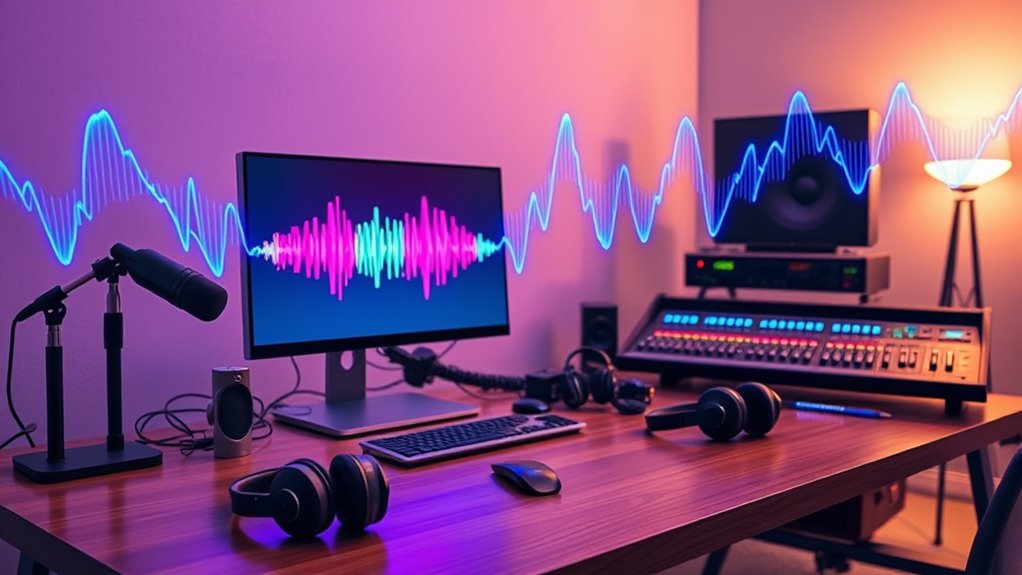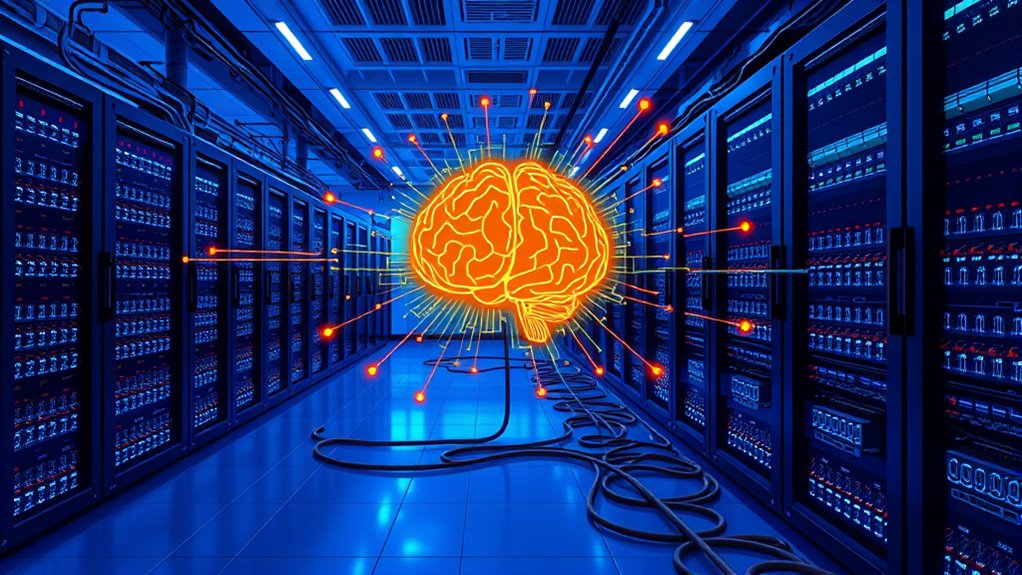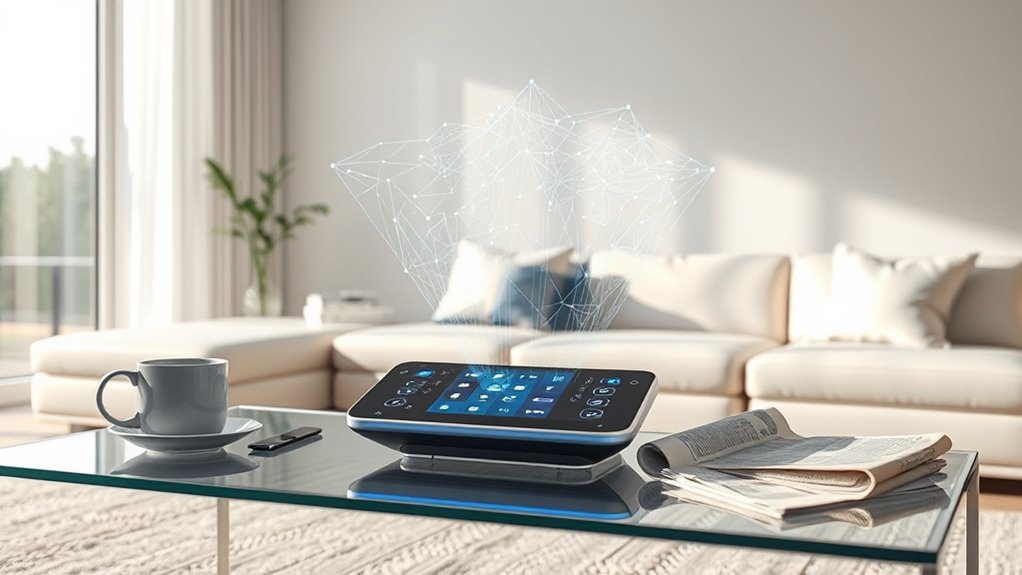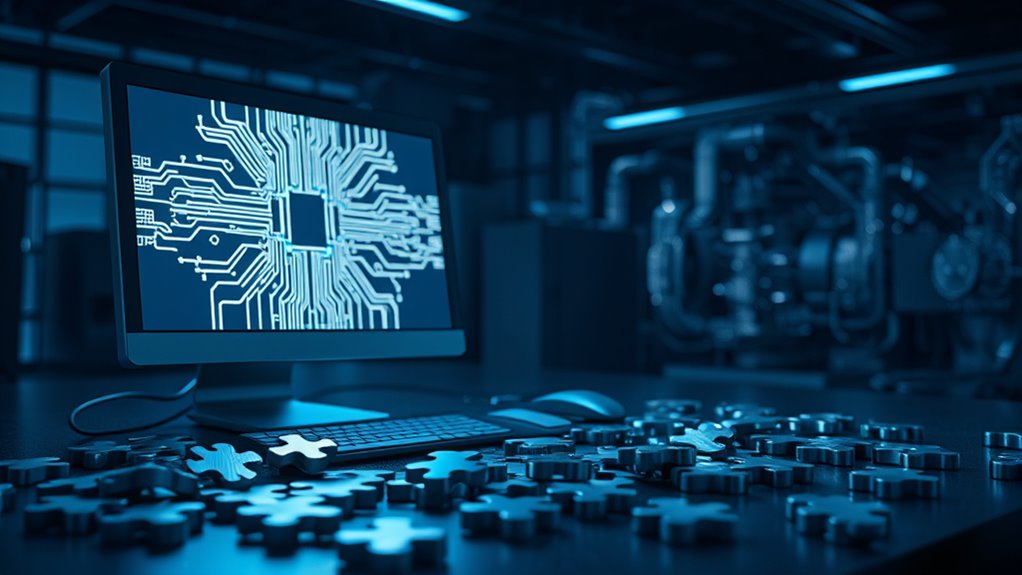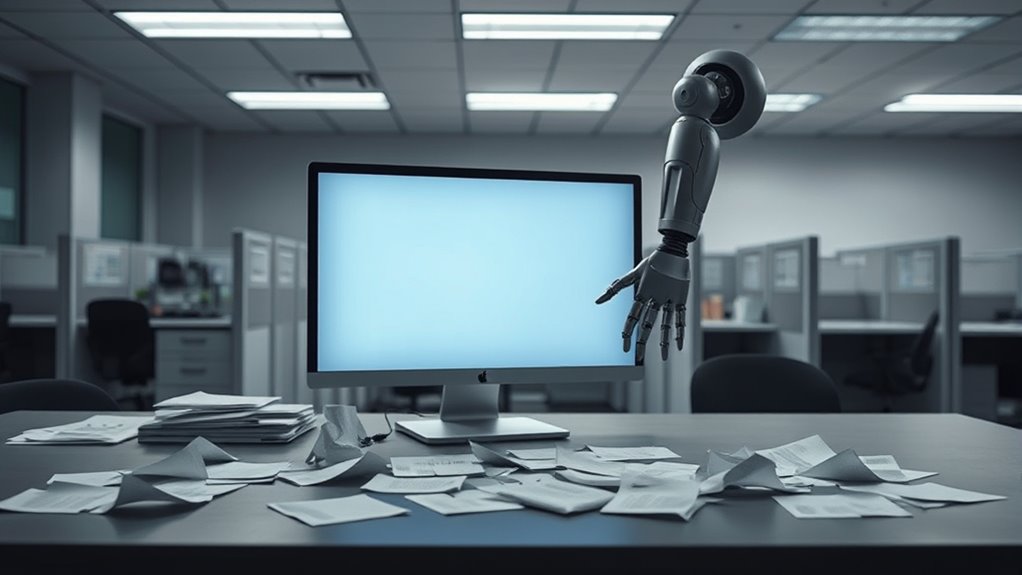Although technology is advancing rapidly, artificial intelligence, or AI, still struggles with understanding human hands. Hands are incredibly complex, with different sizes, shapes, and movements that make them hard for AI to model accurately. The tiny details of fingers and joints add to the challenge.
Plus, hands often block each other or objects, creating occlusion issues that mess up AI’s ability to track gestures. It’s a real puzzle for machines to figure out what’s happening when hands overlap.
Hands overlapping or blocking objects create tricky occlusion issues, making it a tough challenge for AI to accurately track and interpret gestures.
Lighting changes are another big problem for AI. If the light is too dim or too bright, the system can’t see hand gestures clearly. This makes it tough to interpret what someone’s trying to say with their hands.
On top of that, AI needs lots of good data to learn from, but there often isn’t enough quality information available. Without diverse examples, AI can’t recognize all kinds of hand movements. And let’s not forget the cost—high-tech cameras and sensors needed for precise tracking aren’t cheap, so not everyone can use them. Moreover, the complexity of real-time processing is compounded by the need for extensive datasets with detailed annotations to improve gesture recognition accuracy.
AI also finds it hard to keep up with gestures in real time. The processing power needed to understand hand movements instantly is huge, and many systems can’t handle it. Additionally, the computational demand for efficient algorithms often requires dedicated hardware to achieve low-latency performance.
Even when tracking hands, AI struggles with overlapping or hidden parts. It’s better at following hand positions than figuring out specific gestures, but it’s still not perfect. Plus, understanding the context of a gesture is tricky—AI might misread a wave as something else entirely if it doesn’t get the situation.
Another issue is that AI is often trained on just a few set gestures, so it’s not very flexible. If someone uses a unique hand sign, the system might not get it. This limitation highlights the challenge of achieving AI reliability in diverse and unpredictable scenarios.
Variability in hand sizes and styles among different people adds more difficulty. Environmental factors like messy backgrounds or weird lighting can throw AI off too.
Even creating digital hands with generative models is tough due to their detailed anatomy. With high costs and complex tech, building better hand-tracking systems remains a big challenge for AI developers everywhere.


